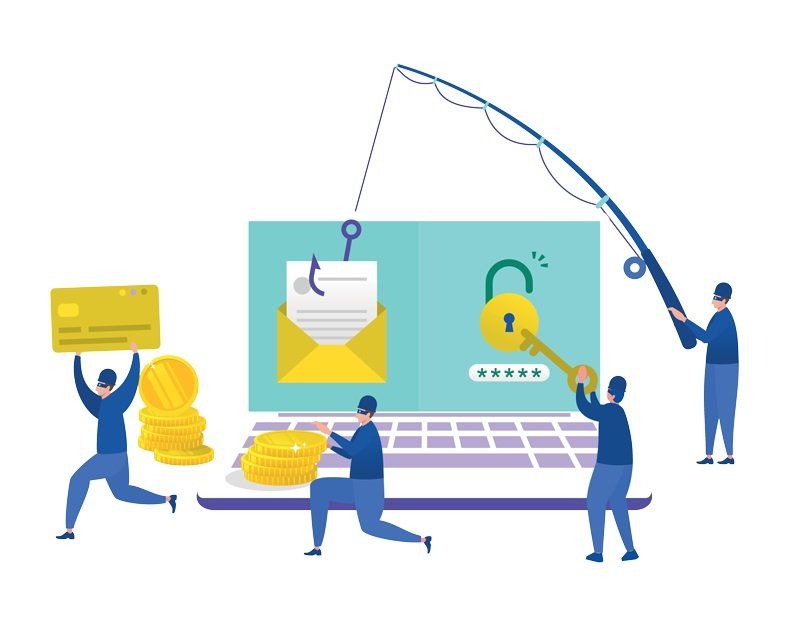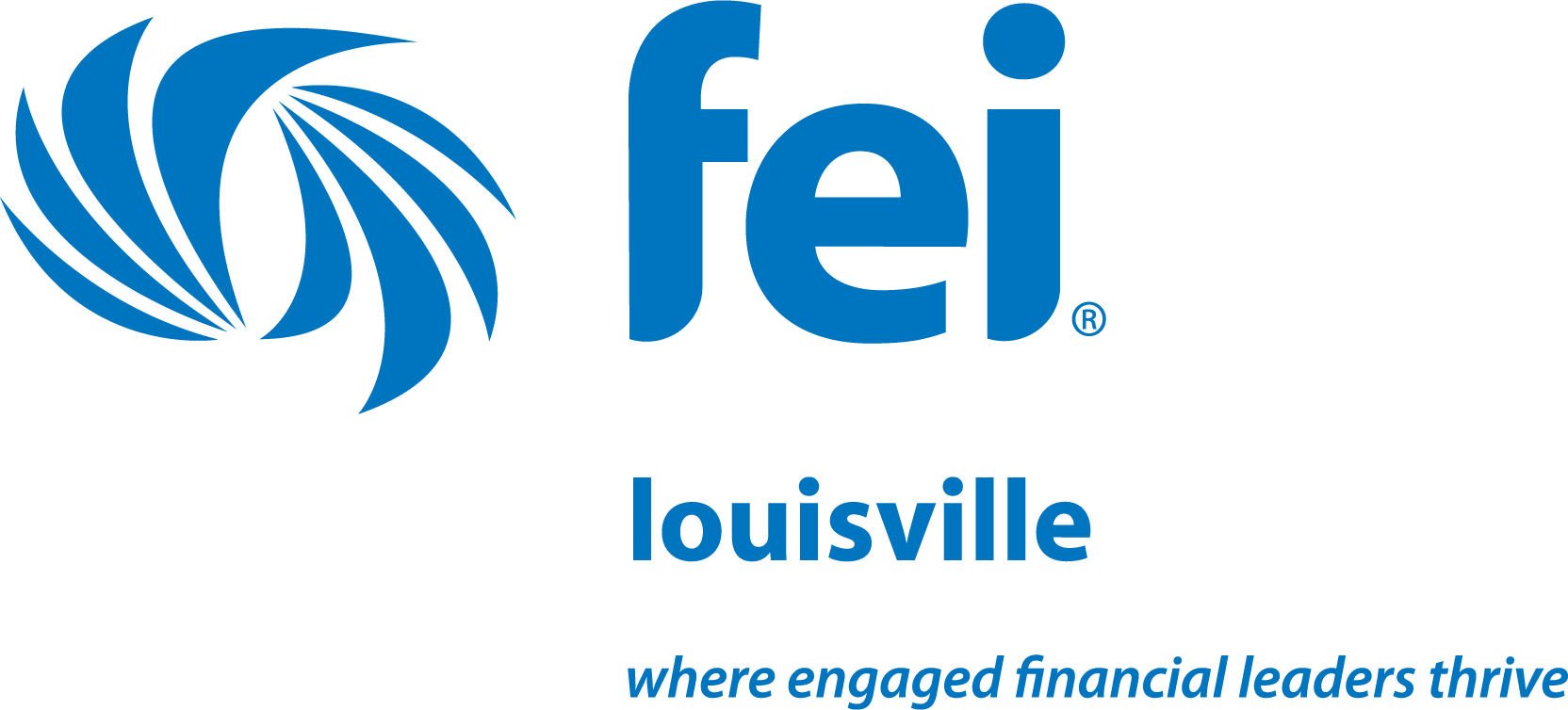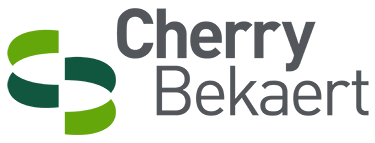Blog Post
Cybersecurity threats facing financial industries
July 22, 2021
Separating facts from fears

(Louisville Geek | July 22, 2021) -- Are you familiar with the story of Chicken Little?
You know, the baby chick that kept proclaiming that the sky was falling when an acorn bopped it on the head? To that baby chick, the acorn falling on his head was the end of times. The poor guy did everything possible to warn anyone who would listen, “The sky is falling! The sky is falling!” To the animals around him, it was just an endless rant from a confused baby chick.
In today’s world, we are constantly swamped by advertisements and distractions. A recent study by Microsoft found that the average person is now estimated to encounter between 6,000 to 10,000 ads every single day. When considering the amount of information we are exposed to everyday, it can be difficult to differentiate between the “sky is falling” fear factor approach or legitimate information that we should be concerned about.
Ransomware is no “Chicken Little” news story
When it comes to ransomware and the impact it’s having on businesses of all sizes around the world, rest assured that this is not just another “Chicken Little” news story. In the latest annual ransomware report issued by Sophos, 34% of the 550 respondents in the financial industry have been victims of a cyberattack within the last year. When asked how successful they were in stopping the encryption of their data, 51% of the 185 respondents reported their data was encrypted, and 41% report they were able to stop the attack before encryption. While the larger picture shows that the percentage of attacks has decreased from 2020, extortion across all industries has increased. The tactics and tools used by cybercriminals continue to advance as digital transformation accelerates, making it critical to stay aware of the current cybersecurity risks facing the financial industry today.
Human Behavior
Great employees are the building blocks to any successful business. However, human error is natural and one of the largest risks to keep in mind. The shift to remote work last year and the adjustment to a hybrid work schedule this year have brought new light to challenges such as falling victim to phishing attacks and poor security hygiene. On the other side of the same coin, insider threats pose an equivalent risk that human error does. Apathetic, disgruntled, and uncooperative employees put organizations at risk with malicious intentions that can leave the door open for cybercriminals.
Emerging Technologies
The rapid advancement of technology means the latest cutting-edge tools are widely available to the public and hackers. These same emerging technologies used to propel growth are the same ones explored by cybercriminals to expose vulnerabilities in new technology, like 5G, and use them to their advantage. Software vulnerabilities, the use of deep fake technology, and supply chain threats all pose a threat because of advancing tech.
Third-Party Vendors
After the pandemic last year, many people want cashless transactions, and they want it all with the click of a button securely. Many financial industries rely on third-party vendors to support services like this. Using multiple vendors makes it challenging to manage, especially when you consider the high number of security risks this poses, like improperly vetting and researching them.
Backdoors and Supply-Chain Attacks
The SolarWinds incident early this year proved that supply chain attacks should not be taken lightly. Hackers can add backdoors to compromised and vulnerable systems used by third-party vendors and inject malware into the weakest points of a system in the organization's supply chain. This reliance on third-party vendors leaves the financial industry little to no control of how security features and compliance are monitored and regulated.
Cloud and Network-based Attacks
The use of the cloud as a service comes with pros and cons. This same service enabling financial institutions to minimize cyber risks and maximize the accelerating digital transformation exposes them to threats by having much of the cybersecurity responsibility offloaded to outside vendors. With no authentication required, misconfigurations, and data mismanagement, cloud, and network-based attacks will be a major threat to watch out for.
Conclusion
Cybercrime has wreaked havoc on companies from all industries this year, and there is no sign of it slowing down. The biggest challenge at hand will be learning to recognize the cybersecurity risks your industry may be in and what steps to take to counter them to be prepared for when an attack does occur.
To learn about cybersecurity risks your business might be facing, contact Louisville Geek
and a team member will reach out to you.
(Authors: Ben Lawrence, Managing Partner, and Tina Whiteside, Vendor Relations Manager, Louisville Geek, an FEI Louisville silver sponsor.) WEBSITE
Share
Tweet
Share
Mail
More FEI Louisville News

By Terry McWilliams
•
June 6, 2024
Michelle Kerstling, Chief Financial Officer, Dismas Charities (left) and Amy Szymański, Senior Director of Finance, American Printing House for the Blind Michelle Kerstine Michelle Kerstine is Chief Financial Officer for Dismas Charities, one of the largest, not-for-profit providers of residential, effective, evidence based re-entry services in the United States. She joined Dismas in 2023 and is responsible for the management and oversight of Finance and Human Resources, according to her Dismas profile, and will have a critical role in the development of all plans regarding the continued growth and success of the company. Michelle has more than 25 years of leadership experience with non-profit organizations in the roles of team member, consultant and board member, and has held several leadership positions in Finance during that time. She holds a B.S. in Accounting and an MBA both from the University of Louisville and continues to make community involvement in local non-profit boards and civic organizations a priority. Amy Szymansky Amy Szymansky is senior director for finance at the American Printing House for the Blind. She was recommended for membership by Andrea Higgins from Robert Half. Since 1858, APH has operated in Louisville as the world’s largest nonprofit organization creating accessible learning experiences through educational, workplace, and independent living products and services for people who are blind and low vision. Prior to joining APH in 2023, Amy was Senior Controller at American Queen Voyages. She also previously served as controller for a family office and in financial positions for other companies. She graduated from Sullivan University with an MBA with focuses in accounting and business.

Advancing the success of senior finance professionals, their organizations and the profession
JOIN FEI TODAY
SPONSOR FEI
FEI Louisville
FEI Louisville
PLEASE NOTE --
NEW MAILING ADDRESS BOX:
9462 Brownsboro Rd. #186Louisville, KY 40241
NEW PHONE NUMBER:(502) 694-5445
Emails:
tandrews4650@gmail.com
PLEASE NOTE --
NEW MAILING ADDRESS BOX:
9462 Brownsboro Rd. #186
Louisville, KY 40241
NEW PHONE NUMBER:
(502) 694-5445











